Hello my quilting friends! A few weeks ago I received a great podcast suggestion from Dawn. She wanted tips on naming quilts and also creating quilt tags with information. Enjoy this new podcast episode and watch me slicing up embroidery designs here:
Or you can listen to the podcast or download it to your computer using this player:
Quick links to gear and tutorials I mentioned in this podcast:
-
 Elemental Energy Embroidery Designs
Elemental Energy Embroidery Designs
- Ms. Bunny's Story
- Free Motion Couching Tutorial
- How to Tag Your Quilt Tutorial
Ideas for Naming Your Quilts
I haven't named very many quilts, but I have named almost 500 quilting designs! My best advice is to pick the name that most easily comes to you. Yes, even if that's Blue Sawtooth, that's perfectly fine.
 I do think it's nice to riff on the traditional block name if you happen to know it. Doing a bit of quilt block research is really nice and can help you understand more about the blocks you've pieced and the meaning behind them.
I do think it's nice to riff on the traditional block name if you happen to know it. Doing a bit of quilt block research is really nice and can help you understand more about the blocks you've pieced and the meaning behind them.
If you're piecing in a series and making lots of the same block, or similar quilts, it might help to name your quilts within that series like Sunset #1, Sunset #2, Sunset #3.
My only issue with this is sometimes those quilts will blur together over time.The designs I mentioned struggling to remember properly were Microscopic World and Pebble Maze. I love both designs, but because they were so similar, and published within a week of one another, they've always blurred together in my head.
Honestly your quilt doesn't have to have a name. Many times it will end up with a name by default. My son's space quilt ended up being the Space Quilt because it's got a giant space ship in the middle!
Tips for Tagging Your Quilts
I've shared two tutorials for tagging your quilts: Click Here to learn how to make a traditional hand drawn quilt tag.
Click Here to learn how to make an embroidered quilt tag.
I really think it's important to tag your quilts so you can remember when it was finished. It's easy to think that you'll remember that you finished that massive project in 2018 because it was such a relief to be done with.
But by 2019, you'll be neck deep in another project and I promise you won't remember exactly when that project was completed. If you want to show a quilt, you do need an accurate date for when it was completed because quilt shows have guidelines to keep newer quilts coming to the shows.
Another suggestion from Dawn was to include your hometown on the quilt tag so if your quilt is given away, sold, or somehow wanders away, someone could come looking for more information about you or the quilt many years later.
If you're really going for gold you can include washing and care instructions for your quilt. That would be awesome if it's a gift to someone who knows nothing about quilts, but it might also make this job bigger and more complicated than it has to be.
A quilt tag can be as simple as writing your name and the date on the back with a Micron Pigma pen. Yes, that is honestly good enough. Heat set it with an iron for a few seconds and move on! I'm planning to do this with a stack of quilts I finished quickly and just never got around to tagging. Using the dates on photos I can hopefully pinpoint when the quilt was finished and give them somewhat accurate dates on the back.
All around, naming and tagging your quilts should be fun! Enjoy this process and know that future generations that wake up in the morning snuggled in your quilts will appreciate knowing your loving hands made that quilt.
Let's go quilt,
Leah Day


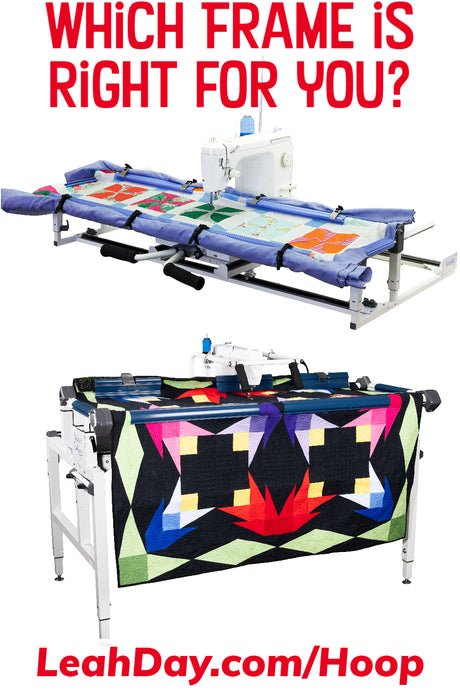
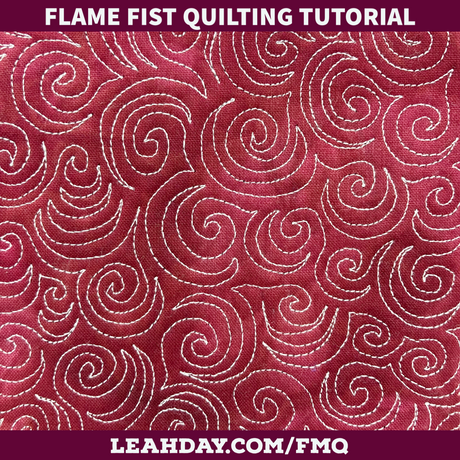
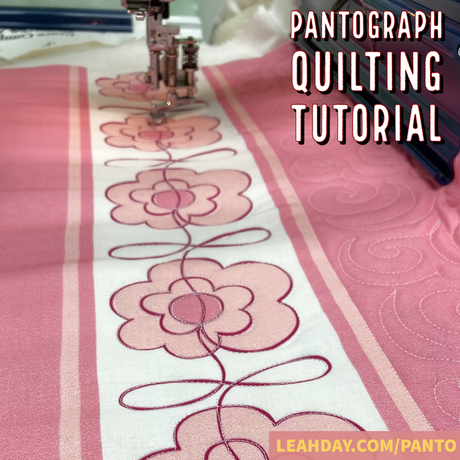
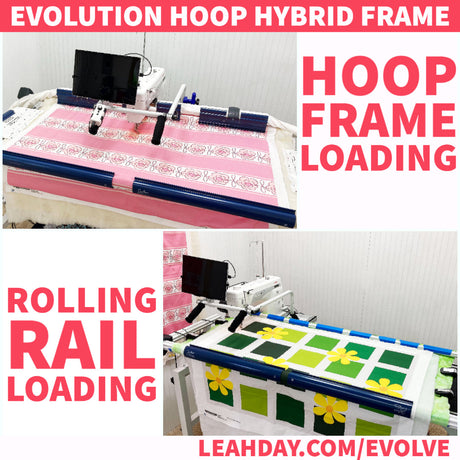
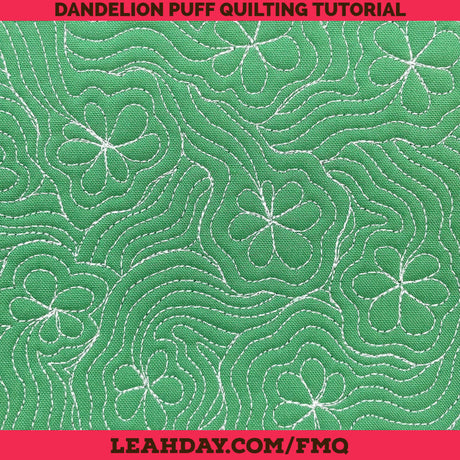
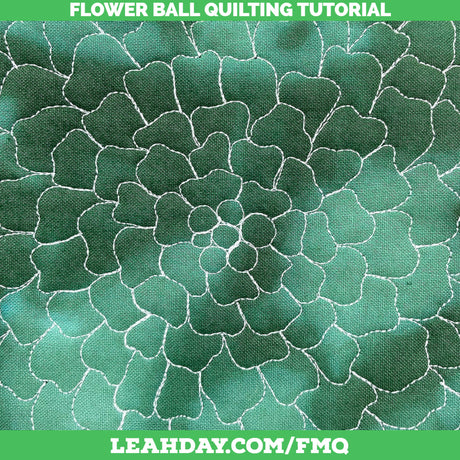
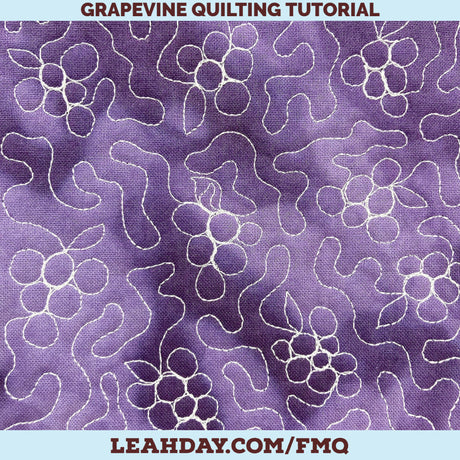
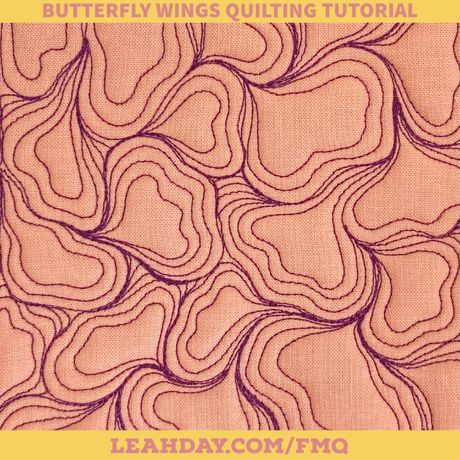
3 comments
Drats! I thought I could buy the bunny already made. Lol
Thank you Mrs. Plum! I’m now extending the seams along the arms and waist so I can do french seams which will seal the raw edges and be a lot more secure.
Leah, you asked about finishing seams in doll clothes. I think it depends on how the doll is going to be used. If the doll is purely decorative, the seams probably do not have to be finished. However, if a young child will be actively playing with the doll, and dressing and undressing it, I think everything needs to be very carefully finished. When I make clothes for my granddaughters’ baby dolls, I triple sew each seam. First, I sew a straight stitch seam, next I zigzag the seam allowance edges, then top stitch each seam. When I sew in Velcro, I use a narrow zigzag stitch. It’s a labor of love, and worth it to me.